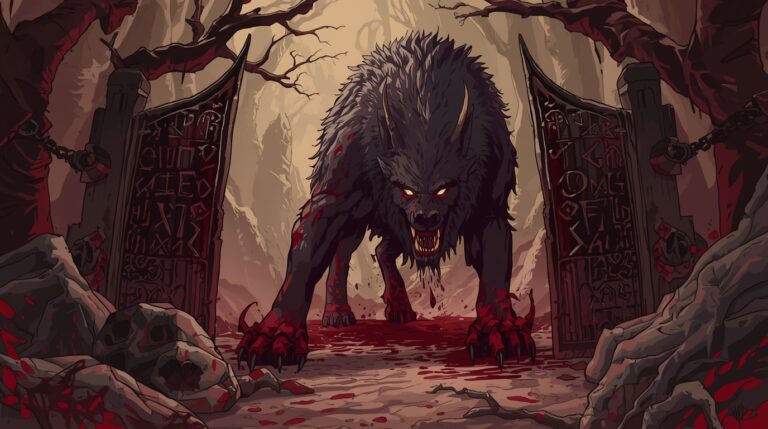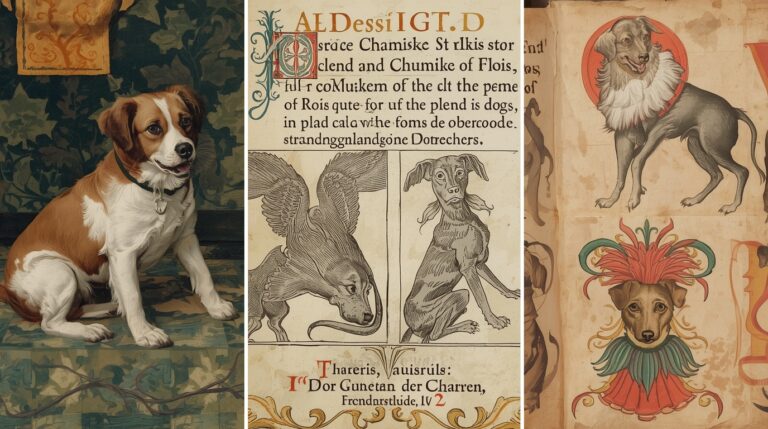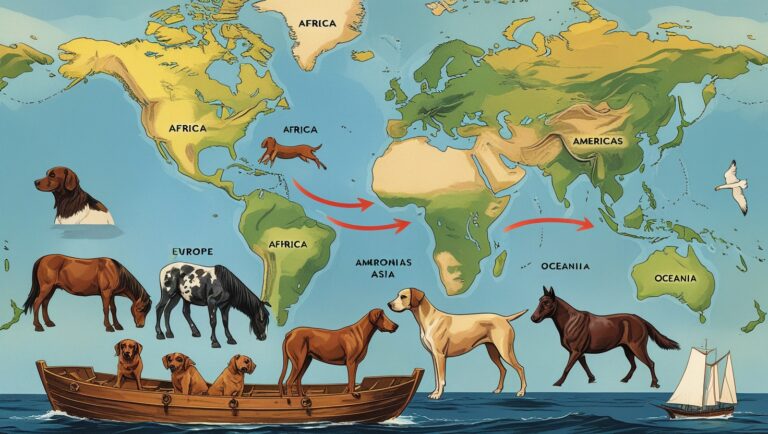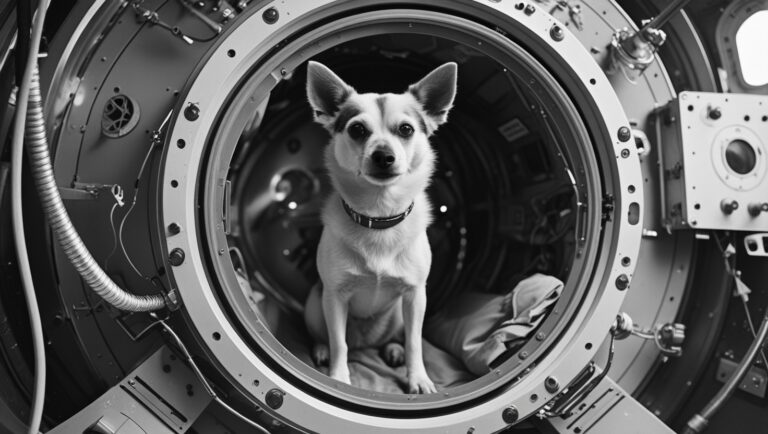Dogs as Status Symbols in History: From Ancient Royalty to Modern Prestige
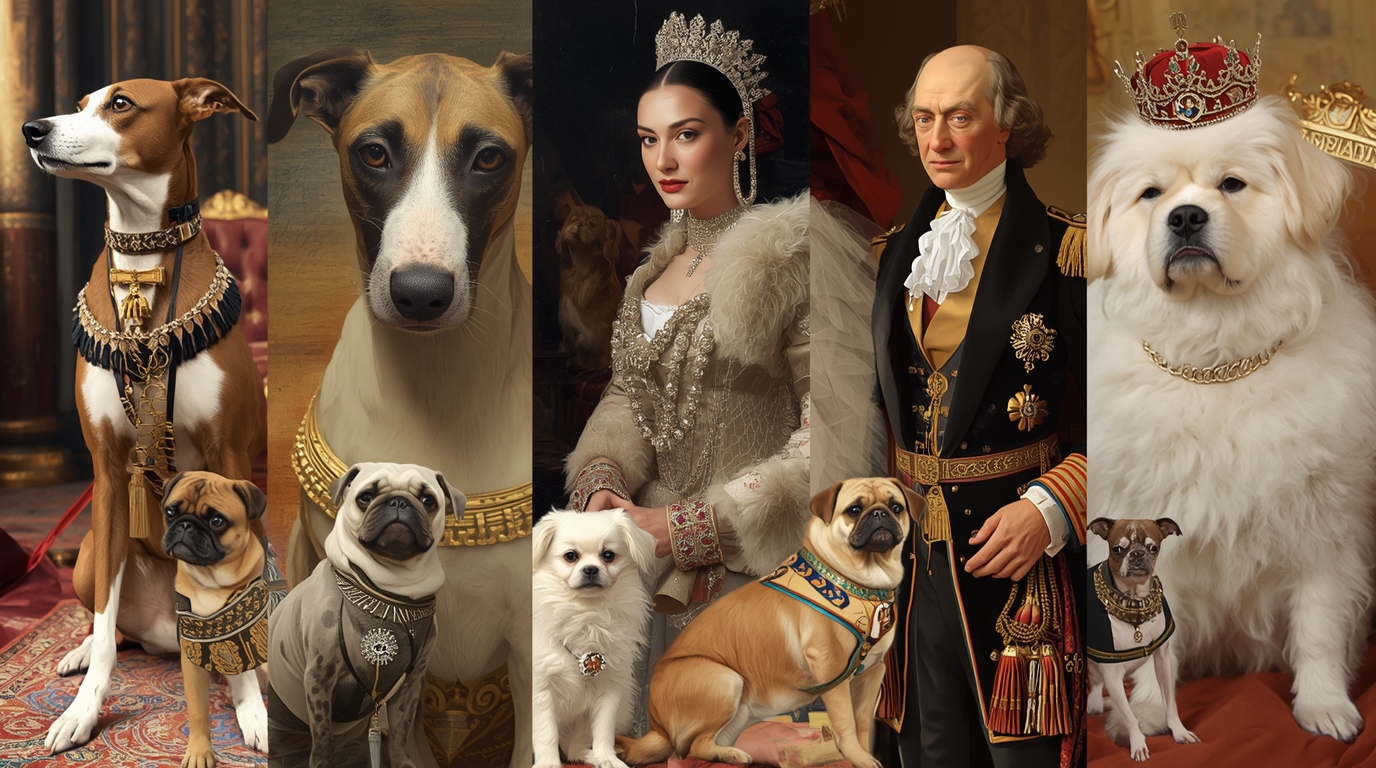
Introduction
Throughout human history, dogs have served roles far beyond that of loyal companions. Across empires and civilizations, they have functioned as symbols of power, prestige, and class. From the tombs of Egyptian pharaohs to the portraits of European monarchs, dogs were embedded into elite identity. This article explores the evolution of dogs as status symbols, focusing on their symbolic, economic, and cultural significance across historical periods.
Dogs in Ancient Egypt
Divine Association and Burial Rites
In Ancient Egypt, dogs were not only companions but also associated with spiritual symbolism. The god Anubis, depicted with a canine head, governed the afterlife and embalming practices. Wealthy Egyptians often mummified dogs, signifying both affection and reverence.
Salukis and Their Symbolic Role in Elite Circles
The Saluki, one of the oldest dog breeds, was favored by Egyptian nobles. With elegant limbs and a poised gait, Salukis were often painted on tomb walls and adorned with jeweled collars, marking them as icons of nobility and speed.
Canines of the Classical World
Dogs in Ancient Greece: Loyalty and Protection
In Ancient Greece, dogs symbolized fidelity and guardianship. Philosophers like Plato and Aristotle wrote about their roles in households. Greek nobles kept Molossian hounds, known for their strength and loyalty.
Roman Patricians and Their Lapdogs in Art and Literature
Roman aristocrats saw dogs as status-defining possessions. Lapdogs appear frequently in mosaics, indicating their place in upper-class domestic life. Some Roman women were buried with their lapdogs, a gesture reserved for the elite.
Imperial China and the Sacred Lapdog
Pekingese and Shih Tzus in the Forbidden City
In Imperial China, dogs like the Pekingese and Shih Tzu were bred exclusively for royalty. They were kept within the Forbidden City, and commoners faced death for stealing or harming them. These dogs were living symbols of divine right.
Ceremonial Roles of Dogs in Chinese Imperial Life
These dogs had their own palace servants, and some were carried in silk-lined sleeves of imperial robes. Imperial scrolls often featured dogs beside emperors and empresses, reinforcing themes of royal tranquility and spiritual harmony.
Dogs in Medieval Europe
Noble Hunting Dogs: Greyhounds, Hounds, and Prestige
Greyhounds, with their athletic form and noble demeanor, were reserved for the upper classes. Laws in England forbade peasants from owning hunting dogs. These dogs became symbols of aristocratic leisure and control over land.
Lapdogs in Court: Sign of Feminine Refinement
Ladies-in-waiting and noblewomen kept lapdogs like Maltese or Bichon Frisé to demonstrate delicacy, wealth, and refinement. These dogs were seen as reflections of their owner’s genteel femininity.
Renaissance Symbolism and Canine Imagery
Art and Literature: Dogs as Allegories of Fidelity and Class
Renaissance painters used dogs to symbolize loyalty, status, and domestic order. For example, in Van Eyck’s Arnolfini Portrait, a small dog at the couple’s feet signifies marital fidelity and wealth.
Patronage and Purebred Dogs Among the Elites
The elite began selectively breeding dogs as aesthetic and status expressions. Italian courts maintained kennels of ornate hounds, often gifted to foreign dignitaries to display wealth.
Royal Pets in Early Modern Europe
Marie Antoinette and Her Papillons
The French court under Marie Antoinette included exotic Papillons, which were groomed with bows and lace. These dogs were central to court life and often depicted in personal portraits.
King Charles II and the Rise of the Cavalier King Charles Spaniel
King Charles II was so fond of his toy spaniels that he passed a royal decree allowing them in all public buildings—including Parliament. The breed would later be named in his honor.
Victorian Era and the Rise of the Pet Fancy
Queen Victoria’s Influence: Collies, Pomeranians, and More
Queen Victoria popularized dog breeds like the Pomeranian, influencing a widespread pet fancy across Europe. Her patronage established pet keeping as fashionable among the rising middle class.
Show Dogs and Class Distinction in 19th Century Britain
The emergence of dog shows in Victorian Britain helped crystallize dogs’ role in class identity. Owning a prize-winning dog became a symbol of breeding, wealth, and refinement.
Dogs in Portraiture and Personal Identity
Dogs frequently appear in noble family portraits to signal loyalty, lineage, and privilege. Artists like Goya, Reynolds, and Holbein included dogs in commissioned works to enhance the subject’s image of virtue and station.
Gender, Status, and Dog Ownership
Ladies and Lapdogs: Classed Gender Expectations
In many societies, women were expected to own delicate breeds, mirroring their own social roles. These dogs were both accessories and social markers, signaling passive domestic elegance.
Masculine Prestige Through Hunting Breeds
Men preferred large, rugged dogs—symbols of virility, landownership, and military skill. The ownership of dogs like mastiffs or boarhounds reinforced male aristocratic identity.
Dogs in Religious and Mythological Contexts
Dogs appear in global mythologies: Anubis in Egypt, Cerberus in Greece, and St. Roch’s dog in Christian stories. These associations enhanced dogs’ mystical and symbolic value within elite religious contexts.
also read this Cultural Representation of Dogs Through History
Dog Accessories and Luxury Items
Historical elites commissioned gold collars, engraved tags, and hand-sewn velvet beds for their dogs. Some canines wore miniature coats with family crests, affirming their role as emblems of dynastic pride.
Funerals, Memorials, and Statues
Elite dogs were often given full burial ceremonies, complete with tomb markers and eulogies. For instance, the Roman Emperor Hadrian erected a statue for his dog. In Britain, dog cemeteries date back to the 19th century.
Colonialism and Global Dog Trade
Colonial powers transported exotic breeds—like Lhasa Apsos from Tibet or Basenjis from Africa—back to Europe. These dogs were trophies of conquest, symbols of access to the far corners of the empire.
Symbolism of Breed Choice
A Pomeranian signaled leisure and refinement, while a mastiff conveyed strength and dominance. Choosing the right dog breed was equivalent to selecting a social emblem.
Dogs and Social Mobility
The bourgeoisie of the 18th and 19th centuries adopted pet-keeping habits of the aristocracy. Owning a purebred dog became a way to perform elite identity, even among new wealth.
Dogs in Literature and Theater
Shakespeare used dogs to symbolize class, loyalty, or moral decay, depending on the breed and context. Victorian novels often portrayed dogs as markers of character and status.
Dogs and Political Image
Modern leaders like Winston Churchill and FDR used dogs as part of their public image. Today, celebrities and politicians post dog photos to soften image, signal relatability, or highlight status (think luxury breeds like French Bulldogs or Samoyeds).
Transition to Modern Status Symbol
In today’s digital world, owning a designer dog breed like a Cavapoo or Pomsky signals disposable income and lifestyle. Luxury pet accessories, spa treatments, and pet influencers continue the tradition of dogs as status symbols.
Conclusion
From pharaohs to Instagram celebrities, dogs have long reflected human aspirations, values, and hierarchies. Their transition from divine protectors to symbols of domestic elegance and modern prestige illustrates how status and symbolism evolve—but persist. The breeds may change, but the message remains: a dog is never just a pet when it’s tied to power.

